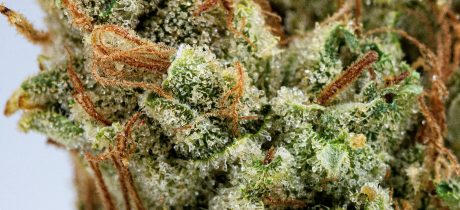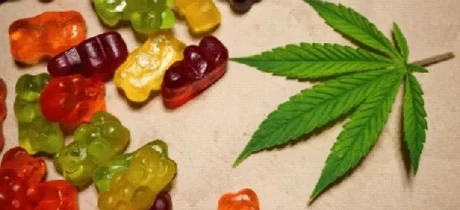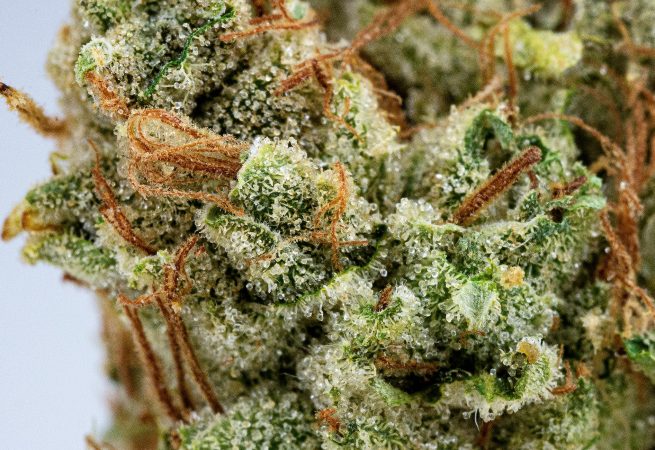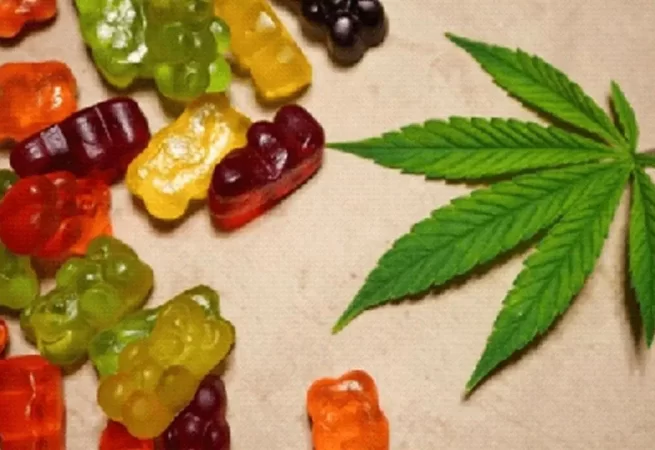

There is More to Coffee than Roasting but Roasting is a Big One
Coffee is such a complex and multifaceted affair. It is the second largest commodity, just after oil. It is grown around the world and prepared in a near infinite ways. One thing that affects the taste of coffee more than anything is the roasting process.
The roasting process is action of applying heat to green coffee beans in order to initiate a transformation. This transformation involves the caramelizing of sugars, the breaking down of molecular bonds and the decarboxylation of chlorogenic acids. This process can be achieved in numerous ways over varying lengths of time. All factors result in a different flavor profile of the coffee.
In industrial applications there are two primary methods of roasting coffee. 1) Drum roasting. 2) Fluidized bed roasting. A drum roaster makes use of a steel or iron roasting drum that contains paddles to keep the coffee moving throughout the drum. The drum is rotated using a motor. Heat is applied to the drum in many numbers of ways. The most traditional method is a gas flame below the roasting drum. Fluidized bed roasters are actually hot air coffee roasters. They function much like an air popcorn popper. The green coffee beans are suspended in a column of hot air.

The methods and methodologies are complex, so we won’t detail those here. The overall process involves heating the green coffee beans through various stages of color. The green coffee goes from green to yellow to a cinnamon brown color where water within the beans turns to steam. This causes the bean to crack to release the steam. This is the lightest stage of traditional coffee called first crack. There is a new trend to roast the coffee to a much lower temperature than first crack. This extremely light roasted coffee is called white coffee. It is outside of the realm of traditional coffee roasting. If you would like to learn more about this new trend you can check out Nectar of Life White Coffee.
At the beginning of First Crack the coffee beans are barely developed. The beans will appear wrinkled and be a very light brown. Primarily the beginning of first crack is stopped for green coffee evaluation in a process called Cupping. You will rarely find a coffee sold that has only been roasted to the beginning of First Crack. Most light roasted coffee on the market are roasted most of the way through first crack. After the first crack finishes there is a second crack that occurs as the beans become darker.
Second Crack is when the coffee’s natural chlorogenic acids break down. This causes carbon dioxide gas to be emitted which further breaks down the coffee bean structure. The escaping gas causes the bean to crack again. During Second Crack there is severe sugar caramelizing of sugars. The darker the coffee is roasted the less actual coffee flavor remains. The coffee begins to taste more like the “roast” and less like the individual coffee beans.
Roasting is a very complex process that can be achieved in a number of ways. It is but one portion of the complexity that is coffee. There are other criterion from varietal, growing conditions, processing and storage that all affect the flavor of coffee long before roasting.






